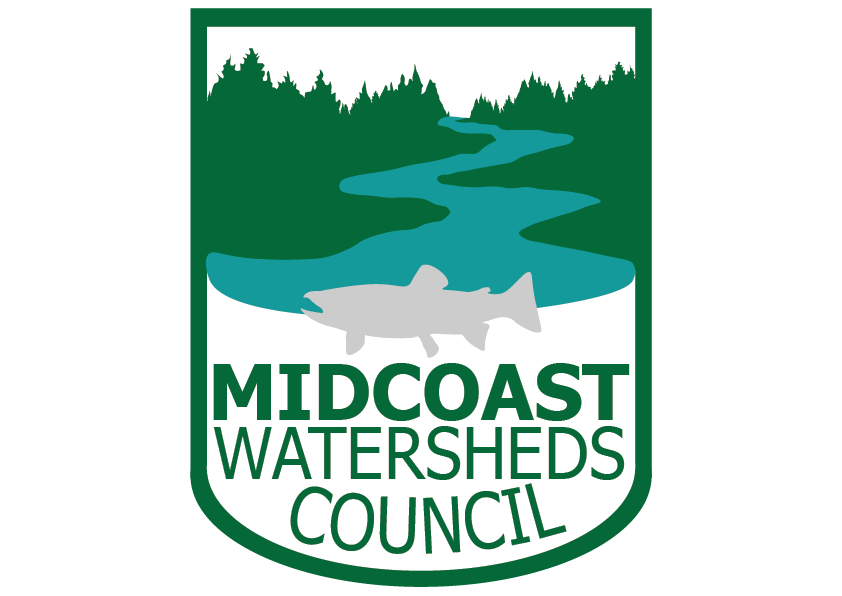Large woody Debris
Healthy Streams need large fallen trees, but many are missing
When large riparian trees fall into a stream or river, they affect the way water, rocks, and life move through the system as they decompose. History of land management on the Oregon Coast, and other places in the Pacific Northwest, has led to a lack of large wood in streams.
Benefits of large wood in streams. Illustration © The Nature Conservancy (Erica Simek Sloniker)
When a stream encounters a large log, it diverts the water and scours an area around the log. Over time, this generates pools and slow water areas that are refuges for salmon and other fish from high flows and predation. Breaking up water velocity prevents a channel from becoming incised, or eroding to become deeper and narrower, reducing the quality of habitat.
Salmon lay their eggs in gravel that accumulates in stream beds, and large wood prevents gravel and other materials from washing out of the stream unimpeded. Over time wood structures cause gravel bars to form upstream of them, further improving habitat quality and complexity.
A small nurse log with gravel bar build up (Mill Creek, Siletz Basin)
As logs break down, they become home to a suite of life. Fungi break them down, insects make their home, and new plants and even trees grow directly out of them. The biodiversity hosted in fallen logs, often called nurse logs, further improves habitat quality and food sources for salmon.
To hear how MCWC and our partners restore large wood in our working area, check out our restoration projects. If you have large trees you wish to donate to help create salmon habitat, check out our log salvage program.



